You know how in the fairytale, the big bad wolf made attempts to huff and puff and blow the houses of three little pigs down? Cyber attacks are not far from it, with their increased attempts to blow online internet security away. But do not panic, this article is aimed to explain in detail what these cyber attacks are and how to avoid them! Basically, I will tell you the different types of cyber attacks.
Are you ready to dive into the world of cyber-attacks? Let’s go!
What Exactly Is A Cyber Attack?
A cyber attack is a technique that is received by a target through a channel during the examination of defense responses and exposure to a given attack method.
In basic terms, a cyber attack is a situation where some malicious individuals with intentions of hacking or cyber criminals attempt to access a computer, telephone, or any other device that is affiliated with the internet. They do this to get your data, vandalize, or create havoc.
You know, no one is safe from cyber threats these days: anyone, be it, an ordinary citizen, a corporation, or a country! And that is why it is critical to be aware of them and ways through which you may prevent cybersecurity threats.
Do You Know?
In 2023, 78% of cyber attacks used AI to bypass traditional security measures. Stay ahead by adopting AI-powered defenses and keeping up with the latest cybersecurity trends.
The Many Faces Of Cyber Attacks
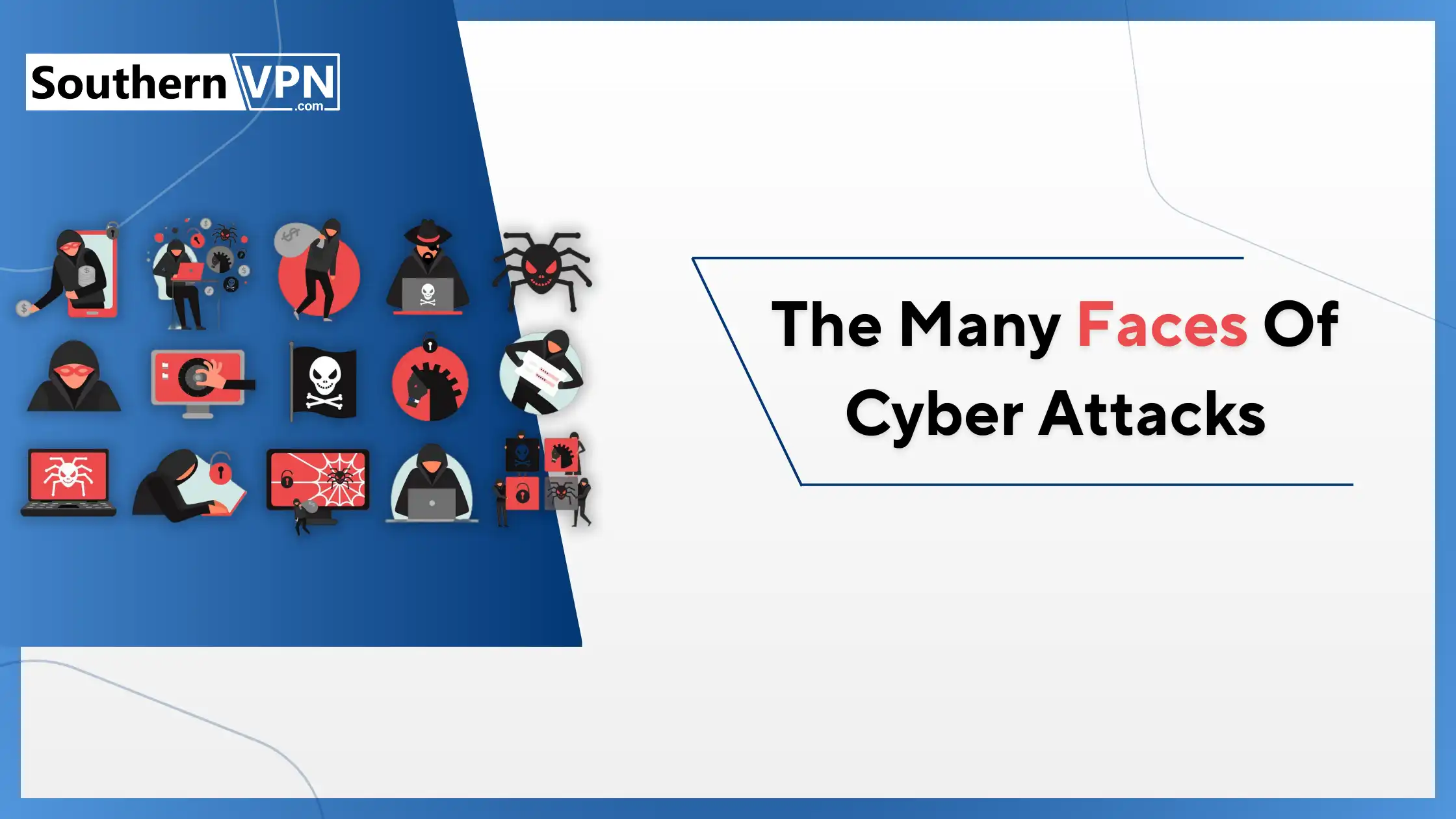
Malware Madness
Malware is like a virus that infects itself with the various gadgets we are used in our day-to-day life and makes us ‘sick’. It’s one of the most common types of cyber attacks, and it can do all sorts of nasty things like:
- Viruses: These are self-replicating applications that self-perpetuate by moving from one device to another, creating all sorts of havoc.
- Worms: Picture a virus not staying alive with the assistance of people, but a virus that can continue to infect things on one’s own. That is a worm that gets into many devices and networks within a very short time.
- Trojans: This type of malware makes the user believe it is a beneficial piece of software and when it is allowed entry this is when the problem begins.
Ransomware
This is like a ‘kidnapper’ that takes your files ‘hostage’ and then comes with conditions to release the files, especially by demanding for money.
Phishing for Trouble
Phishing is similar to organizing a fishing trip, but instead of trying to catch a fish, the criminals’ aim is to entrap the users into divulging personal information or downloading malware.
They do this by creating fake but flying emails and text messages and by creating fake websites similar to those of legit companies or people one knows. If you bite and click their link or reveal your data, then congratulations! You have fallen for the piscine phishing.
DDoS: The Digital Traffic Jam
DDoS is short for Distributed Denial of Service and it would be like roadways being clogged and preventing individuals from entering your building.
A busy street is taken as an analogy, and on this street, several thousand cars arrived simultaneously, which led to a traffic jam. What a DDoS attack does to websites and online services is that it floods the servers of the service providers beyond their capacities, making the services stall or slow down considerably and sometimes even shut down.
Man-in-the-Middle Mischief
In a MitM attack, a hacker inserts himself between you and someone else, which is, in fact, spying or eavesdropping.
For instance, when you are in communication with your friend, let’s say online communication. From the MitM attacks, an attacker can capture the messages and read them or alter the contents of the messages before forwarding them to the friend. It is as if there would be an actual third, who is overhearing that which is being said!
SQL Injections
In this case, the idea of hacking the code implies that inequalities between men and women in the labor markets have emerged as a result of the implementation of codes that were hacked into the system.
In essence, SQL injections are as good as possessing a hidden password to gain unauthorized entry into websites and databanks.
Domains contain special labels called SQL that organize the information maintained by internet websites, including users’ accounts and passwords among other things. This means if a website has security flaws, hackers can input their very own SQL attacks to get access to the discussed herein sensitive information or upset the operation of the website.
Password Cracking: Guessing Games
Password cracking is when hackers attempt to repeatedly enter passwords in order to gain access to the accounts or devices of their target.
They can use different techniques like:
- Brute force attacks: Going through all the 8-letter, capital, and small letters and numbers and symbols just to get the right password.
- Dictionary attacks: By trying to use any easily guessable word and or phrase that you may have used before.
- Social engineering: Deceiving you into surrendering your password through various tactics.
Insider Threats: Betrayers Among Us
Sometimes, the greatest danger to an enterprise /organization’s computer systems is not from outside but within the organization’s employees, contractors or even management.
Insider threat can be defined as any unauthorized access and use of an organization’s information system by an individual who is a legitimate user of the same system. They may appropriate data, destroy programs or data, or let other extraneous hackers get inside.
Cybersecurity threats may also involve malicious insiders who misuse their access to login credentials.
- Cybercriminals and online banking money mule fraud
- This includes loss through which competitors gain valuable data through theft and espionage.
- Website defacement for intents and purposes of releasing malicious software or political slogans
- Synchronize watches and kill servers with requests.
How to prevent XSS?
To be effective in preventing XSS, server-side validation and encoding must be used. Any data which is entered by users on our site will need to be sanitized for any code before passing to HTML and being placed onto web pages. Web application firewalls and software patching can also help reduce the odds of XSS attacks.

- Lightning-fast speeds to browse without lag
- Servers in 105+ countries around the globe
- Military-grade security to stay safe online
- Try it risk-free with its money-back guarantee
- Native apps for all major devices
XSS (Cross-Site Scripting) Attacks

There are three main types of XSS attacks:
- Reflected XSS: It is the response that is embedded in the request that is formatted to the web server. When the server sends back the reference to this code, it runs in the browser of the user.
- Stored XSS: The risky code is then written in the target server for instance in a database. This contaminated code is then rendered back to every visitor and is therefore a persistent XSS attack.
- DOM-Based XSS: Taking advantage of some weaknesses found in the client-side scripts that alter the state of the DOM environment of a user’s browser.
What are the mechanisms of XSS attacks?
Hackers look for such sites that do not clean up the input data by stripping html tags before outputting them on the web page. They in their own write evil scripts, encapsulate them in normal look-alike requests and attempt to feed the payload in the website.
If successful, all users who will visit the infected will automatically trigger the attacker’s code within the browser they are using. This could allow session hijacking, key-logger installation or even to redirect the victims to malware sites.
What are the impacts?
XSS are among the commonest web vulnerabilities and are ranked higher than other common vulnerabilities such as SQL injection. Successful XSS exploits can lead to:
- All types of identity theft, but with a special focus on account takeover in which the hackers gain access to login credentials.
- Cybercriminals and online banking money mule fraud
- This includes loss through which competitors gain valuable data through theft and espionage.
- Website defacement for intents and purposes of releasing malicious software or political slogans
- Synchronize watches and kill servers with requests.
How to prevent XSS?
To be effective in preventing XSS, server-side validation and encoding must be used. Any data which is entered by users on our site will need to be sanitized for any code before passing to HTML and being placed onto web pages. Web application firewalls and software patching can also help reduce the odds of XSS attacks.
Drive-By Download Attacks
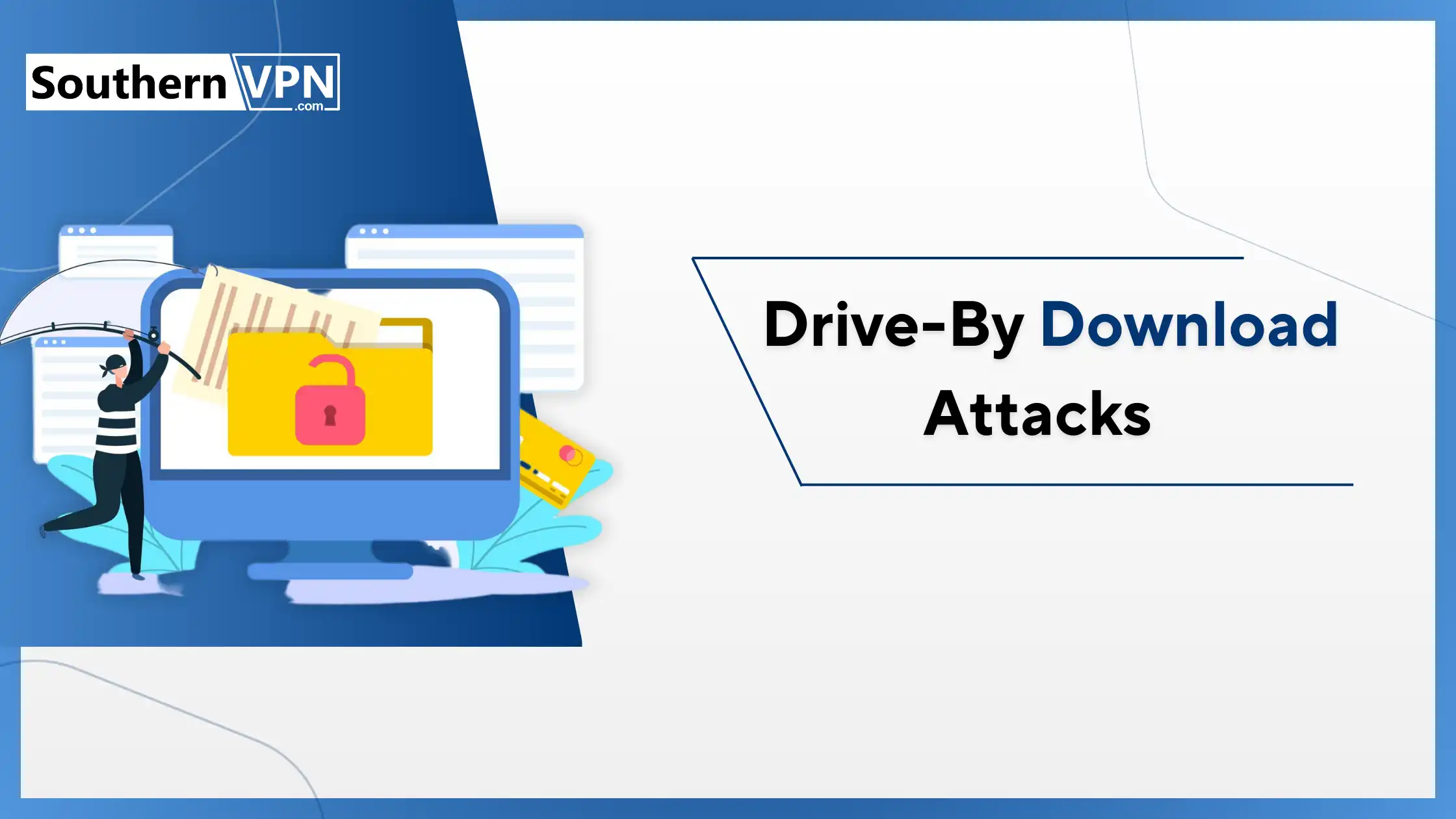
How do they work?
Hackers are interested in sites that have such weaknesses that allow for remote execution of code, with unpatched weaknesses being the best to exploit. They themselves place a malware payload on such sites in a bid to capture whoever is likely to visit these sites again.
After and when you type in the URL of the hacked site, the bad code starts running and looking for loopholes in your system. When executed, it downloads and installs itself into your system together with other poisonous programs such as viruses, trojans, ransomware, and many others.
What’s the impact?
It turns some of the regular and normally trusted websites into a source of malicious programs. Visiting a hacked site could secretly install:
- Another area of focus will be the banking trojans that are designed to steal people’s financial information.
- Ransomware is a type of malware that infects your PC to lock your files and demand payment from the victim.
- Backdoor that allow for remote command and control by an attacker
- The third one called Spyware will help you monitor activities of other people.
- The cyber threats that are used to create havoc on the network include malicious cryptominers that use up the system resources.
How to Prevent?
The system should have up-to-date operating systems and browsers, & all the applications must be patched with the latest version of security. Blocking plugins/add-ons in the browser and unladed anti-virus solutions also contribute. Do not visit such sites as well as the websites containing adult content or those where you download movies and music for free because these are the most popular sources of malware.
Web Application Attacks

Sites like web shops, content management systems, social networks, etc are into that hackers love to prey on. Contractions in coding or wrong configurations allow hackers to carry out activities such as stealing information, vandalism, spam, and the like.
Common attack vectors include:
- SQL Injection: To compromise databases, the intruders post poisonous SQL statements.
- Cross-Site Scripting (XSS): You have already read above about it but once again, Conducting Cross-site scripting attacks such as injecting scripts to exploit sessions or despite the page.
- Insecure Direct Object References: Having a way through which you get to these resources which you ought not to be faking
- Security Misconfiguration: Unpatched vulnerabilities, inherent accounts, unused components, etc.
- Broken Authentication: Leveraging on vulnerabilities of the login, the password recovery mechanisms, etc.
How it works?
Breach, in the case of web apps, the criminals actively seek weaknesses, analyze them and build specific attacks to these openings. Bots and scanners also help in this process, reaching out for insecure apps and commanding them at once at a large scale.
What’s the impact?
They can result in the exposure of a company’s or individual’s data and personal records, loss of credentials, downloading of malicious software, and fraud among other negative outcomes. Recent acts of terrorism have caused a lot of damage to many organizations. Any application that deals directly with sensitive information is highly valuable.
Prevention?
That is why creating web apps with strict accordance to the secure coding standards and using the framework is important.
Other measures that can minimize risks also include, patching the vulnerabilities from time to time, conducting penetration tests, and switching on the options such as HTTPS. Web application firewalls act like a gatekeeper between the application and the internet where they inspect all traffic passing through the firewall.
URL Interpretation Vulnerabilities
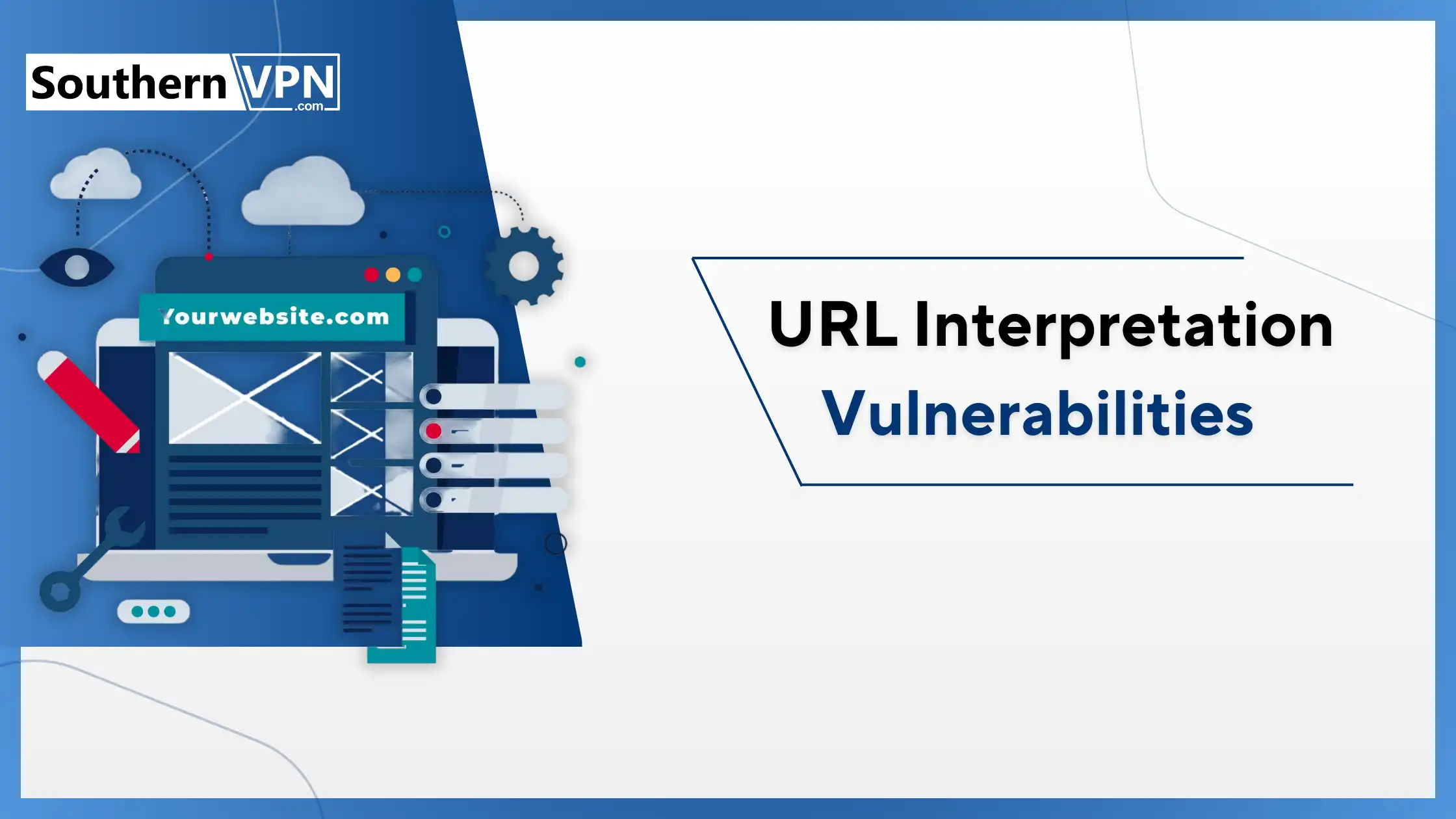
For example?
Say an e-commerce site’s URL passes product pricing like this:Say an e-commerce site’s URL passes product pricing like this:
http://example. com/product=125&price=49. 99
An attacker modifies the price parameter to a lower value:
http://example. com/product=125&price=0. 99
If not validated, it may accept such a URL which will let the purchase at an illegitimate discount price.
Other examples?
- Non-secured access to the application is possible by controlling/disabling user roles/privileges within the URLs.
- Injecting SQL injections or other commands within the URL parameters.
- Performing penetration tests that send HTTP requests to the target websites and analyze HTTP responses.
- Selecting and getting the restricted URLs for a sneak peek into the restricted area.
What’s the impact?
At best the URL manipulation means that the attacker gets to use the service without having to pay for it. Worst case was the system vulnerability that can lead to full control of the following:
- code,
- extract data
- and cause a denial of service.
Prevention?
Most of the time developers have to include checks to filter, clean, and standardize all URL input data coming from the users. Filtering of URL schema on the server side with the ban and exclusion of malicious patterns also helps to avoid cheating when using the check.
Eavesdropping Attacks

Uninterrupted, high-speed browsing, zero logs so your online activity is always private.
Over 7000 people checked out NordVPN in the last month
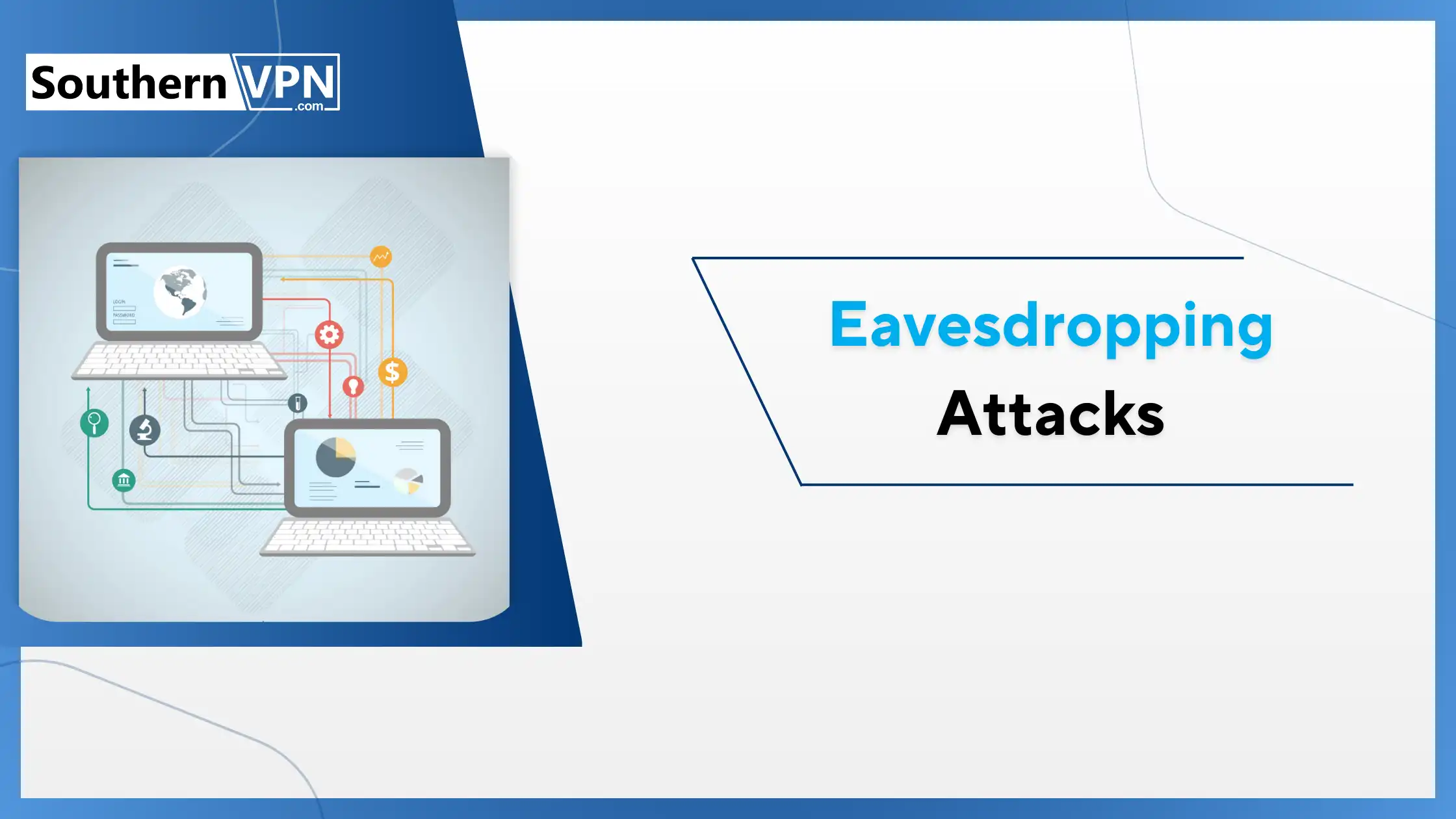
How do they work?
Sometimes sniffing tools enable intercepting data transfers across the networks, in cases where the data is still not encrypted and the packets can be captured and inspected. More sophisticated eavesdropping leverages techniques like.
- Man-in-the-Middle: Intruding and conveying messages for the victim parties
- Session Hijacking: Hijacking the sessions of legitimate users through session identification number theft.
- Packet Injection: Modification or perhaps filtering, loss, or holding of the packets that are to be in the network.
What’s the impact?
Where spying takes place there is a compromise of data confidentiality and privacy. It exposes passwords, trade secrets, intellectual property and other high-value information to threat actors for exploitation through:It exposes passwords, trade secrets, intellectual property and other high-value information to threat actors for exploitation through:
- Computer piracy and industrial spying,
- Embezzlement and Identity theft,
- Blackmail and extortion if the wrongdoer learns the information.
Prevention?
HTTPS, SSL/TLS protects data in transit where message encryption is also employed. VPNs generate the concept of an encrypted tunnel which secures certain traffic patterns. Preventing eavesdroppers; The following preventive measures assist; Monitoring for rogue access points, updating of outdated protocols, using digital certificates for authentication.
Birthday Attack
A birthday attack takes advantage of the mathematics used in making collisions, whereby two different inputs create the same hash value. This tends to become the case when dealing with basic sizes of keys on various electronic devises for instance smaller sizes of keyboards.
How does it work?
Hashing algorithms such as MD5 and SHA1 take random data strings and produce strings of a fixed size through mathematic computations. However, the more iterations are made, the probability of two inputs yielding the same hash result increases and one gets to the collision.
Attackers predict humongous databases of hashes and seek similar values in different datasets. Thus, obtaining such a collision enables impersonation, forgery as well as decryption.
What’s the impact?
Effective birthday attacks pose a threat to security systems that are based on the cryptographic hash functions. This enables adversaries to impersonate other individuals or system entities, as well as forge messages with genuine digital signatures and certificates, besides decrypting encrypted data.
In real life it can be utilized for obtaining colliding certificate hashes to impersonate the original sites, and perform man in the middle attacks without revealing this fact.
Prevention?
When it comes to the actual hash function, transitioning to these larger keys, such as SHA-256, means that collisions are that much harder to come by. Other enhancements in the hash function such as SHA-3 help to enhance the hash functions to repel these attacks as well.
It should also be noted that using salt and key stretching also provide added protection against a birthday attack.
Whaling Phishing Attacks
While there are generic phishing scams that can hit any target at any time, more sophisticated whaling proscribes prey on the biggest ‘whale’ targets; rich people, corporate executives, celebrities among other prestigious personalities with huge amounts of financial power, or confidential information.
How do they work?
Whalers invest a lot of time in researching their targets the better part of details relating to their work, financial situation, hobbies, etc, and then create highly targeted and believable phishing lures that the target is deemed to receive as highly urgent and credible.
The bait might pose as an executive’s supervisor, a star’s lawyer, or mimic the layout of a leading bank’s website – anything to achieve the effect of genuine practical credibility that will prompt the target to take the intended action such as transferring funds.
What’s the impact?
Basically, while phishing is endemic and is committed on a wide scale, whaling phishing is quite the opposite and is very specific. But it has much higher stakes – a successful phish can hook a big fish that can enable such heists as embezzlement of a lot of money or stealing people’s identity and even government secrets.
Actual individuals involved in real-life whaling emails have lost millions of dollars in the scam, with one of the most high-profile cases being the two tech firms that lost over $100 million.
Prevention?
This means proper security awareness training to prevent whales from falling for scams and losing lots of money. Other techniques such as two-factor authentication the verifying of all the requests through secondary channels the sender policy frameworks also effectively prevent whaling attempts before the big fish can be harvested.
Spear Phishing Attacks
Spear phishing is even more elaborate than basic phishing techniques since it involves concentrating on a particular person. Stepping beyond plain and rather obvious baits, which might be easily recognized by numerous people, attackers invest time in researching the target and creating a message that would be sent specifically to the receiver.
How do they work?
A spear-phishing attack is a well-planned exercise. Adversaries thoroughly investigate the victim first, gathering key details about their:
- Job roles and responsibilities
- Personal and professional interests
- Connections and communication styles
- Online footprint and shared data
This they utilize in posing as a person, the victim is likely to have a bond with such a colleague, customer, or business associate. When the bait matches our unique interests, it becomes easier to get caught in the schemes.
What’s the impact?
Spear phishing has even higher effectiveness compared to regular phishing messages. Due to the highly targeted and personalized nature of the messages, it becomes almost impossible to label them as scams. When effective, these focused attacks can result in:
- Sacrifice of high privileged accounts.
- Some of the most profitable forms of financial embezzlement and fraud.
- In other cases it is corporate data and intellectual property that is stolen.
- Stable backdoors and viruses set up.
Many high-profile cyber incursions such as the Ubiquiti Networks also have their root cause in spear phishing.
Prevention?
Informative security awareness is paramount, it’s educating the staff to look at each request as peculiar even if seemingly from one source. Further mechanisms such as DMARC, DKIM as well as good spam filtering also prevent spear phishing attempts from getting into users inboxes. Coming in as a strong contender is the privileged access management as well.
IoT Insecurity: The Connected Danger
First of all, IoT denotes the Internet of Things, which is all the connected ‘things’ or devices, that are part of the internet, we have got net TVs, security cameras, may be smart fridges.
Despite the fact that these connected devices simplify our everyday life, they can become an object of cyber threats. IOict criminals can use software bugs and loopholes on IoT gadgets to infiltrate your home network or choose a gadget that they wish to hijack.
Comparing Cyber Attacks: The Good, The Bad and The Ugly
You are now familiar with the various cyber-attacks; here is a look at a comparison of the various attacks with regards to their severity, frequency, and most importantly, sneakiness:
The Danger Meter:
This meter shows how much damage or harm each type of cyber attack can potentially cause, from low to high:
Phishing -> Password Cracking -> SQL Injection -> DDoS -> Malware -> Insider Threats -> IoT Insecurity
The Sneaky Scale:
This scale measures how sneaky or hard to detect each type of cyber attack is, from obvious to stealthy:
DDoS -> Malware -> Password Cracking -> SQL Injection -> Phishing -> Insider Threats -> MitM
The Commonality Chart:
This chart shows how commonly each type of cyber attack occurs, from least common to most common:
As you can see, phishing and malware attacks are the most common, which is why it’s so important to be aware of them and take precautions.
Cyber Attack Battle Royale: Who Wins?
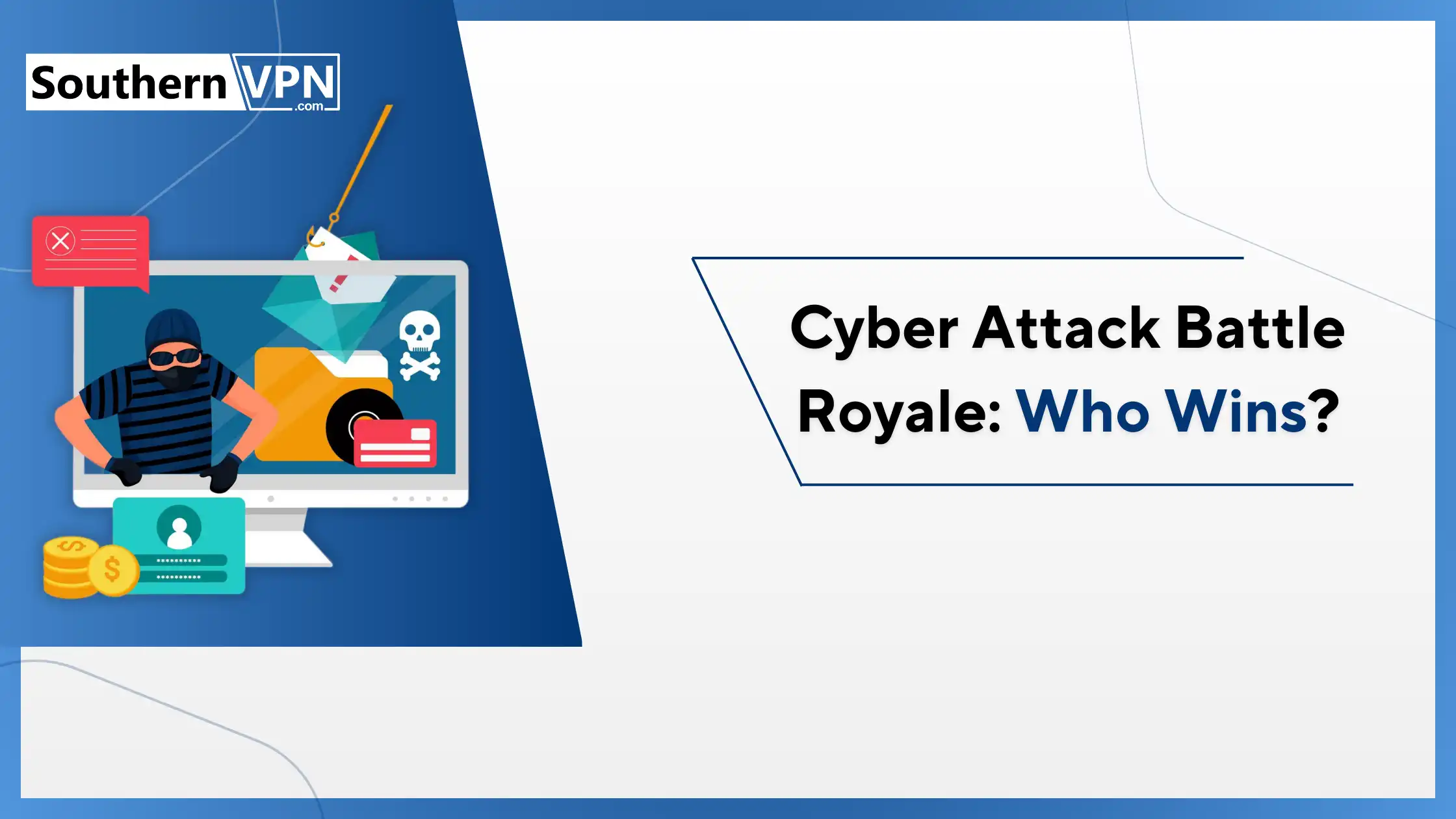
In this battle, we’ll consider three factors:
- Potential for damage and disruption
- Difficulty to detect and prevent
- Prevalence and frequency of occurrence
Based on these factors, here’s how the cyber attacks rank:
- Insider Threats
- IoT Insecurity
- Malware
- MitM
- Phishing
- DDoS
- SQL Injection
- Password Cracking
Insider threats are regarded on top of the list because they can result in severe harm within the organization, are extremely difficult to identify, and they can happen anytime. IoT insecurity is again very closely at the second place because of the factor that the connectivity of the devices is growing at an exponential rate and can result in tangible and real-life impacts.
Next is Malware and MitM as they are very destructive and hard to avoid and finally phishing and DDoS, which are very common though not as hard to avoid when there are appropriate protection measures in place.
Despite its severity, SQL injection and password cracking are ranked lower as they are less likely to occur when security measures against both forms of attacks have been implemented.
Protecting Yourself: Developing a Cyber Safety Checklist
So, you now have everything that is necessary to understand about the different types of cyber attacks, it is time to explore how you can shield yourself from them. Here’s a simple digital safety checklist to follow:
- Always ensure that you have the most current releases for your applications and gadgets with their corresponding patches.
- For any of your existing online accounts, make sure that you are using complex, different passwords to that used with other accounts, and try to turn on two-factor authentication wherever it is available.
- On social media, be alert for messages, supposed friends or links that may seem unbelievable or hard to comprehend then cross check their authenticity.
- Always download any app and software from a certified store and avoid downloading freeware or the pirated copies that can be contaminated with viruses.
- Antivirus and anti-malware tools help maintain a clean computer by checking it for malware and viruses at specified intervals.
- Always pay attention to what pictures, posts or other content, you let out on social media as criminals can utilize this information to hack you.
- Make sure you backup frequently crucial data in the event that of ransomware attacks or other malice such as data loss.
- Should you experience anything as shady as a cyber attack or security breach, then do not hesitate and report the incident or follow the correct incident response process.
To effectively defend against the diverse range of cyber attacks, it is essential to adopt comprehensive security strategies. Ensuring your software is up to date, using strong and unique passwords, and enabling multi-factor authentication are fundamental steps.
For a deeper understanding and more detailed guidance on protecting yourself in the digital landscape, explore our Cybersecurity Best Practices. This guide offers practical advice and advanced techniques to safeguard your online presence.
Frequently Asked Questions (FAQs)
Can a cyber attack occur to me, or are they reserved to major firms and governments alone?
Sadly, no one is immune to cybert Activity; it is possible to experience cyber attacks regardless of whether one is an individual, company proprietor, a small business person or the head of a huge organisation. As previously indicated, individuals and businesses do not have immunity from cyber criminals and hence no one is safe no matter the size of company they own.
How would I know that I am involved in a cyber attack?
There are various signs that could indicate a cyber attack, such as:There are various signs that could indicate a cyber attack, such as:
- Probable flight edge State/Status Flights with observational data Unfathomable system status or performance characteristics
- Possible appearance of other ads or a transition to other potentially unsafe pages.
- Access by a third party or changes made to the accounts/data by an unauthorized person.
- Ransom notes or encrypted data (in the case of ransomware)
- High traffic that goes against the normal patterns of the network or traffic anomalies
To what extent is it possible for a cyber attack to result in physical harm or physical damage?
However, compared to cyber attacks, some iterations of the attack types, such as attack on IoT devices or on crucial infrastructures, could possibly have an effect physically in the real world. This is why, security should not be left out in the realm of IoT and individuals should keep their IoT devices safe from any potential flaws.
What measures can be taken to avoid phishing?
To avoid falling victim to phishing scams:
- Learn how to protect oneself from nearly or actual identity theft and avoid opening any uninvited messages, calls or letters that deals with personal and sensitive issues.
- Looking at the email address of the sender, or the URL that has been provided, one should carefully scrutinize them in the event that there are minor differences or wrong spellings.
- Don’t offer personal information online such as birth dates and phone numbers.
- If that is not possible, then use two-factor authentication as often as you can to make a difference.
- Avoid logging into unsecured websites by updating your software and devices with the latest security patches against phishing threats.
What can I do If I think I am under cyber attack?
Below are the responses that you should take if you have been attacked by a cyber criminal:
- Eject your device from any networks and the internet to avoid further spread or damage.
- Scan the computer with an antivirus and anti-malware program to check for the presence of virus and malware and eliminate them.
- Replace all captured passwords and if it is possible allow the usage of the second factor of authentication.
- If your financial or personal information has been used fraudulently, get in touch with your bank, credit card providers and or any other relevant authorities.
- Inform the relevant authorities, like the police or local agency or the cybercrime prevention agencies.
Therefore, with good strategies, one is able to lessen the impact of cyber attack and prevent more harm.
The Bottom Line
Always keep in mind that cybersecurity is not a one-time process, but continuous endeavor, and thus one must remain vigilant at all times. Security is maintained on the devices and software through updates, having strong passwords, using multi-factor authentication, avoiding clicking on suspicious emails or links and always being wary if something looks like a racket.
Now that you know about the different types of cyber attacks, and by following these simple steps, you and your digital life will be safe from the big bad wolves of the internet.
Pro Tip: Be safe, wise, and happy (cyber) trails!






